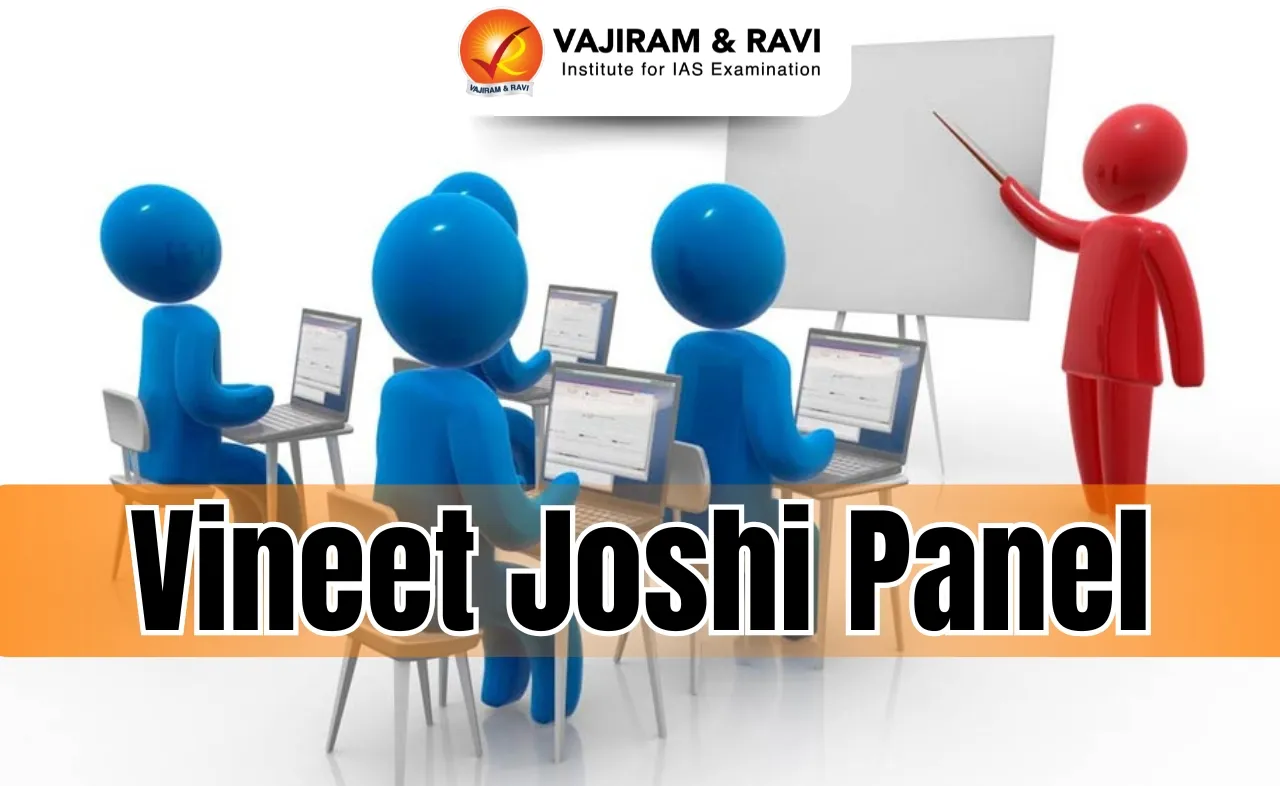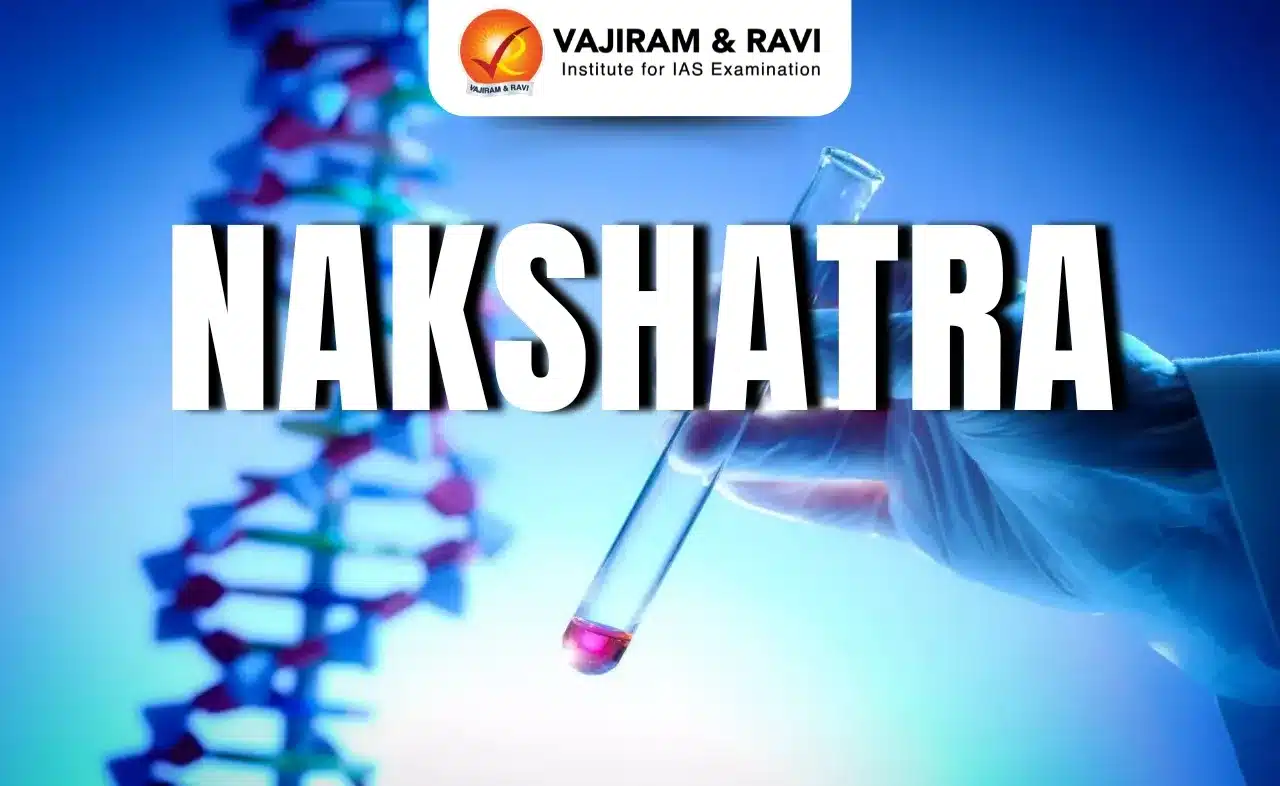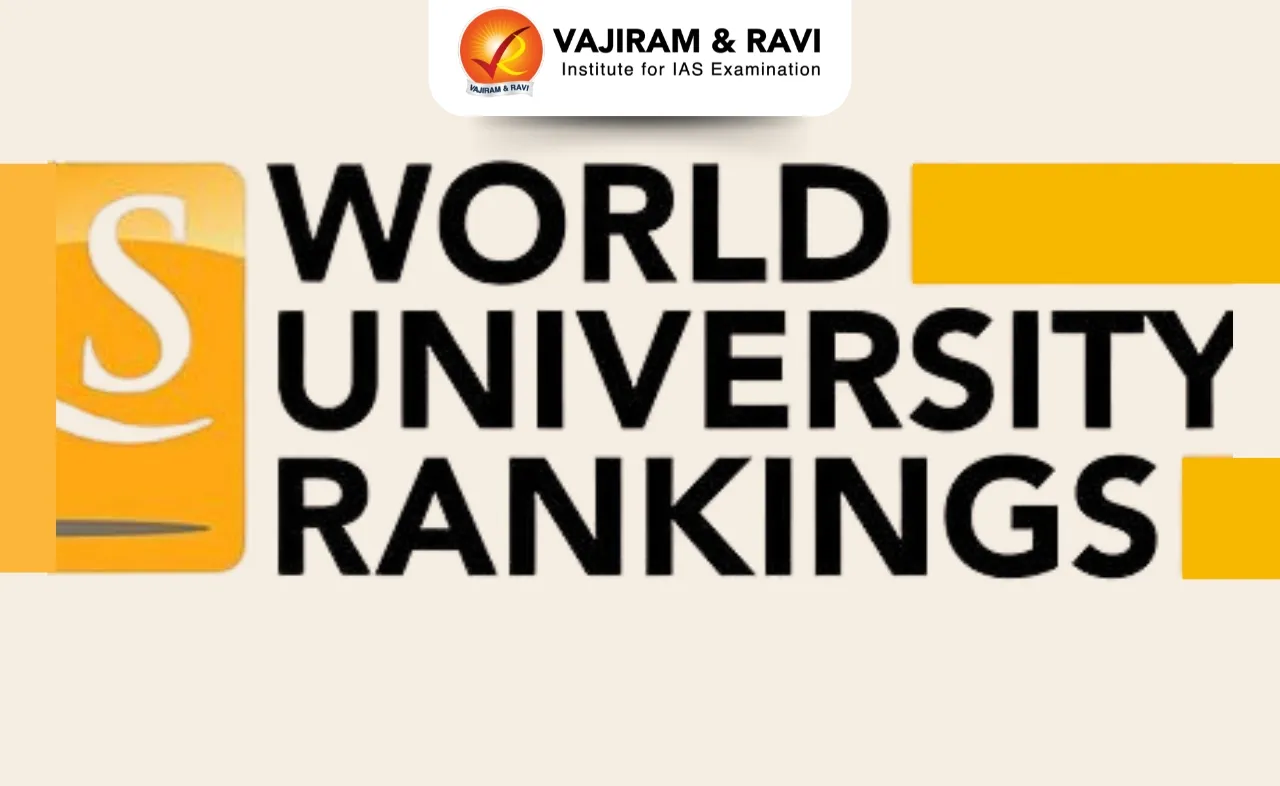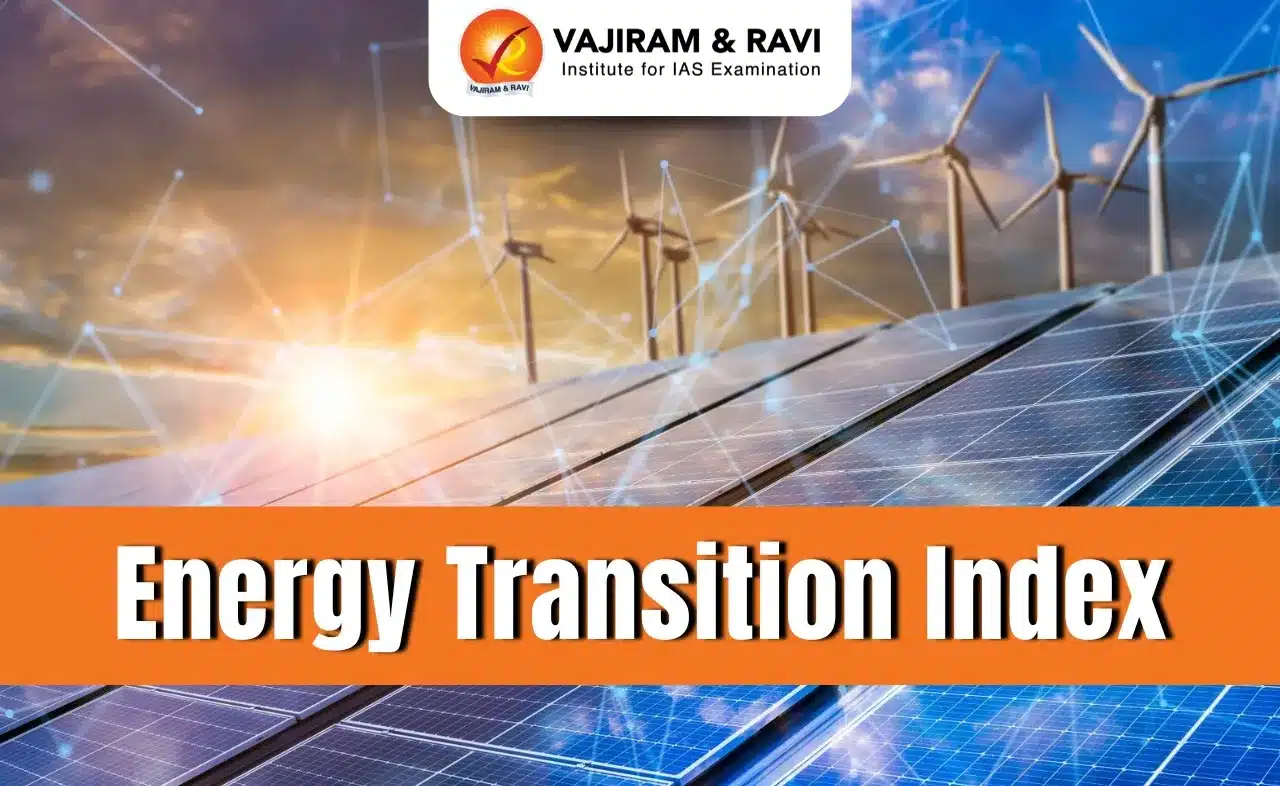Rice Yellow Mottle Virus Latest News
A recent genomic study revealed the outbreak of Rice Yellow Mottle Virus (RYMV) disease across African rice ecosystems.
About Rice Yellow Mottle Virus
- It emerged in the middle of the 1800s in the Eastern Arc Mountains, a biodiversity hotspot, now part of Tanzania.
- It is a pathogen that infects rice and a few related grass species, and that poses a major threat to rice production in Africa.
- It is endemic and largely restricted to the African continent, where it has been found in most of the rice-growing countries.
- This virus is a member of the genus Sobemovirus.
- It has a high genetic variability and thus can evolve rapidly, which means that it can overcome resistance genes in the rice plant.
Transmission of Rice Yellow Mottle Virus
- The virus is transmitted by several species of beetles, most of which belong to the genus Chrysomelidae.
- It is also transmitted by grasshoppers, Conocephalus merumontanus and Oxya spp., cows, rats, and donkeys.
- The virus can also been found on roots of infected plants and can infect plants through injured roots. Although the virus has been detected on seeds, studies show that it is not spread through seed transmission.
Source: DTE
Rice Yellow Mottle Virus FAQs
Q1: What are the symptoms of yellow rice disease?
Ans: Major symptoms of the disease are yellowing of leaves, stunting of affected plants, reduced tillering of the affected plants and sterility of the seed/grain.
Q2: What is a definition of a virus?
Ans: A virus is an infectious microbe consisting of a segment of nucleic acid (either DNA or RNA) surrounded by a protein coat.
Q3: What is special about grasshoppers?
Ans: Grasshoppers usually have large eyes, and are colored to blend into their environment, usually a combination of brown, gray or green.









